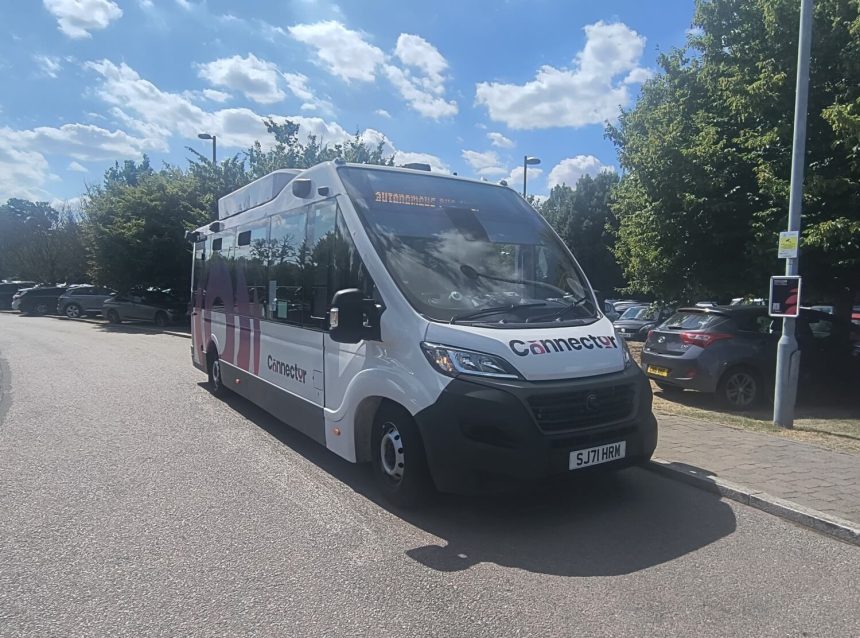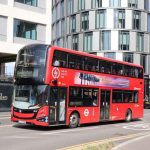In connection with our look at the future of driverless technology, we took a ride on the new Cambridge Connector autonomous bus
Madingley Park and Ride was an appropriate place from which to catch a driverless bus one busy Friday afternoon in Cambridge.
Near the Cambridge West Innovation District and the modern Eddington neighbourhood which has sustainability as a huge selling point sat a minibus which was the embodiment of technological advancement and represents the future of public transport.
Considering that description, the Mellor Orion E was parked rather inconspicuously.
Despite the presence of many shoppers and commuters, no one else boarded there – a surprise in a city which has a sizeable student population, with the youth ranks swelled on a Cambridge University open day.
“Are you the driver?” I ask the only person standing nearby. “Steering wheel assistant,” he corrects me in reference to the fact that, during the first on-road passenger trial for the Greater Cambridge Partnership Connector project, the vehicle is accompanied by a qualified driver to act as back-up.
The driver asks me to belt up as the service can be jumpy and, after around 30 seconds, the green light signals the driver has put it into driverless mode.
Immediately, I was impressed by how — despite the warning — the ride was so smooth. It is probably a positive mark for the technology that you quickly forget there are no hands on the steering wheel.
Occasionally, the driver assumes control, for example when it has to pull in to pick up six people, although this is something the technology can handle, the driver tells me.
Concerns I would be the only passenger for the entire 18-minute journey put to one side, we continue around a route carefully chosen to put the Connector to the test.
In autonomous mode, the bus is clearly more cautious than even a safe driver would be as its radar, LIDAR, optical cameras, and ultrasonic sensors do their job.
However, my first experience on board a driverless bus leaves me confident the technology is almost ready.
After safely returning in one piece (it was never in doubt) to Madingley Park and Ride, one of my fellow passengers tells me what she thought.
“It felt safe,” says Bee. On the idea of self-driving vehicles in general, she adds: “If autonomous vehicles can enable us to operate vehicles more efficiently on the road and keep everyone safer, it would be a good idea, particularly if there were lanes dedicated to autonomous vehicles.”
The Cambridge Connector autonomous bus had already undergone extensive off-road and on-road testing, but Jim Hutchinson explains the in-service trial was necessary to gain feedback from the public and test the technology in a real-world environment.
“We’ve run public services before, but the environment is different,” he says. “We’re meeting new challenges on the route which we’ll learn from.”
Three weeks into the trial, Ed Cameron tells us it’s going much as expected.
“The technology works in so far as it does what it should do,” he said. “What’s interesting is that, in the real world, things happen that it hasn’t been programmed to deal with.
“But that’s all part of what the trial is about, saying ‘this is the real world and this is how people walk, cycle and drive on the highway, how can we design technology to cope with that in safe and predictable ways?’”


























